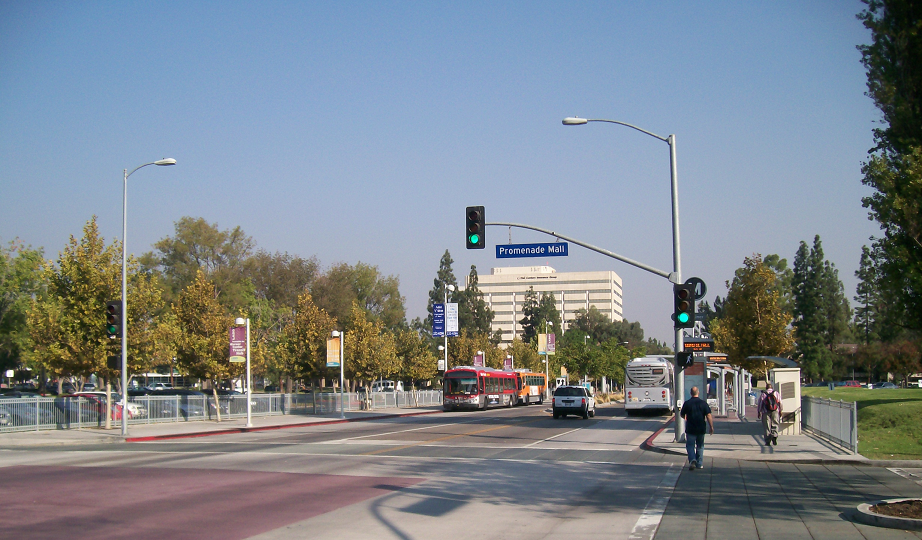Imagine yourself meeting friends for a drink at an upscale bar after work. You have a great time and then stop by a grocery store or take out place to pick up supper. At home, you kick back until it’s time to catch a movie with another group of friends. Sound like a good life? Would it be even better if you could do it all without ever getting your car out of its parking place? This scenario might make you fantasize about ditching your automobile to avoid the cost and hassle of maintaining and driving a car in Los Angeles. Is it possible to live car free in Woodland Hills?
To live practically without a car, you need to live in a walkable area, with good public transportation. Yet modern urban sprawl is the antithesis of a pedestrian-friendly neighborhood. Most destinations are too far apart and walking or biking is nearly impossible in traffic-clogged streets. In order to eliminate the need for cars, multi-use areas must be clustered together, with abundant housing opportunities and good pathways and crossings for getting from place to place by foot or bike. Residents need to be able to walk to entertainment venues and community spaces, to shop for both necessities and luxuries, and to have a choice of restaurants in various price ranges.
Woodland Hills has these amenities, but how walkable is it, exactly? According to walkscore.com, the whole neighborhood has a walk score of 42, a transit score of 36, and a bike score of 34. Since these scores are on a 100 point scale, it doesn’t look too good for chances of having that car-free life. The site describes Woodland Hills as having “some public transportation and…not have many bike lanes.”
The walk score is more hopeful if you use walkscore.com to look for apartments listed near transit lines. A number of these apartment complexes receive a much higher walk score of 80 or higher. Unfortunately, it is not yet as easy to live car free in all parts of Woodland Hills.
In recent years, the situation has improved for those who are car free in Woodland Hills. The Warner Center Transit Hub is one positive point,improving the access to public transit in the area. The transit hub sits at the western end of Los Angeles’ Orange Line, with an extension running North. That relatively new extension provides a connection to the Amtrack/Metrolink system, increasing the territory for car free travel. Passengers can also make bus connections to get throughout the valley at the Warner Center Transit Hub. The Orange Line bike and pedestrian path follows the Orange Line bus route, adding to the mobility and safety of pedestrians and bicyclists traveling through parts of Woodland Hills. Some say that during the busiest times for bus riders, biking the whole route is faster than riding the bus. (source:http://www.yelp.com/biz/metro-orange-line-los-angeles)
Since the Warner Center Transit Hub has housing, shopping, dining, and a movie theater located near the station, bus passengers can live in Woodland Hills and commute to other parts of the city. Developers have elaborate plans for additional development in Warner Center focused on making the space even more walkable in the future. Planned expansions of public transportation throughout the city will further increase options for those without a car.
It may not yet be possible to live just anywhere in the area without a car, but the possibilities for being car free in Woodland Hills are much better than they were in the past. Future prospects for a walkable neighborhood are also bright. Hold onto that dream of a car free life. Woodland Hills may be the place to live it out.














The lack of supermarkets and drug stores in Warner Center translates to this is not a car free zone. Nearest Ralphs and Sprouts is near Topanga and Ventura. Whole Food is at Ventura and Canoga.